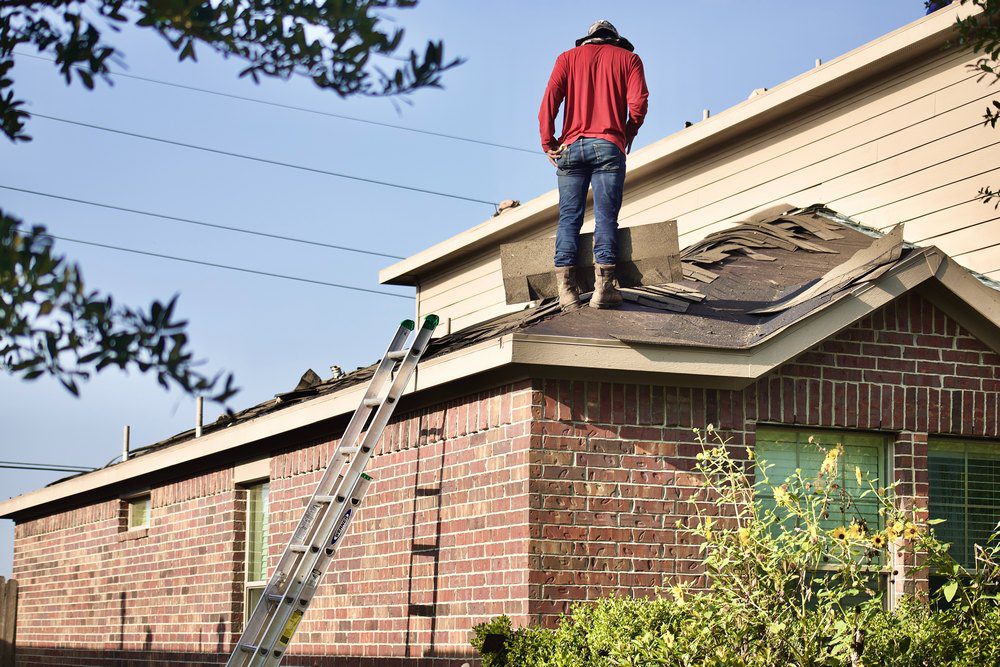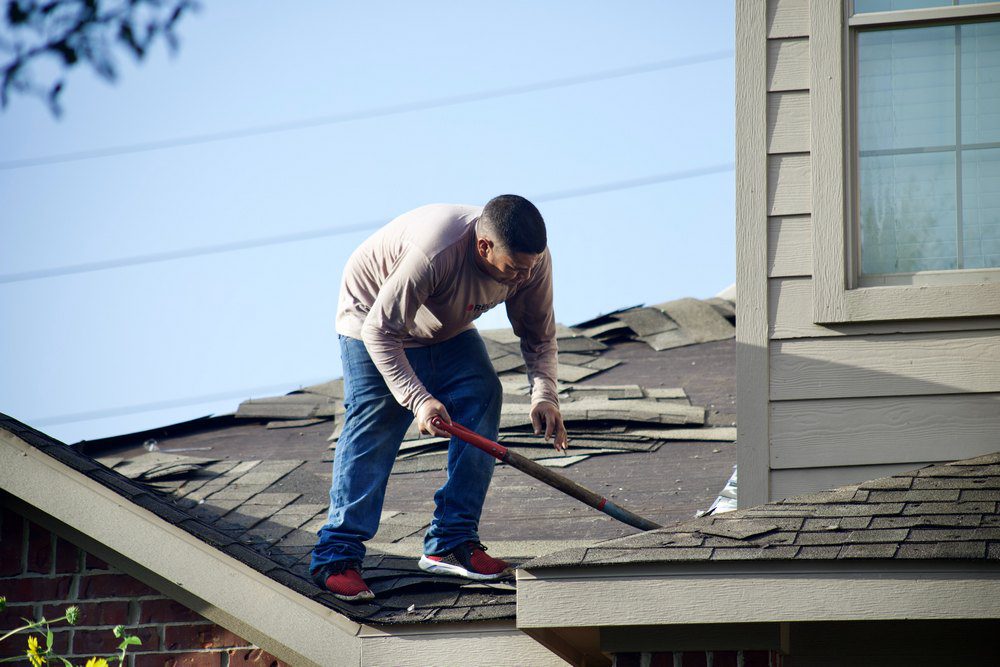
Putting up a new roof or replacing a worn-out one is always a demanding and expensive venture that leaves no room for making mistakes. Ensuring you know what to expect before and during a roofing project is critical. To help you out, here are 12 mistakes to avoid when repairing or replacing your roof.
1. Not working with the professionals
The biggest roofing mistake you can ever make is not working with professionals. To pick the right roofing contractor for your project, always double-check their credentials and evaluate their past work and years of experience.
You should also learn about the average to avoid getting tricked by prices that are too low for the job. A good practice is to ask for at least three estimates from different roofing companies to enable you to make an informed decision.
2. Fitting a new roof over an old one
A classic mistake you should avoid at all costs is fitting a new roof over an old one. The best approach is to tear away the old roof and identity if there are underlying problems with your deck before putting up a new roof.
By doing this, you will avoid having additional layers that cause stress on your walls and roofs. It will also reduce the risks of dust and moisture accumulating between the old and new roofs, limiting how fast your roof can get damaged.
3. Wrong choice of roofing materials
It is highly advisable to evaluate the best roofing materials for your property, given the many options available in the market and their unique characteristics. There are so many factors to consider, from the local weather and slope of your roof to the durability and weight of each roof type.
The local building codes will also play a primary role in determining the acceptable roofing materials you can use. For example roofs that can easily get damaged by strong winds are never a good choice if you live in a hurricane-prone area. Equally, if you live in a snowy climate, it is best to go for roofing that won’t collapse under the weight of snow and ice.

4. Failing to add an underlayment
One way shoddy roofers cut corners is by applying a new roof directly to the wooden deck without adding an underlayment. This is a costly mistake, as roofing underlayment adds a water-proof layer on which you can build the rest of your roof. The most popular types of roof underlayment to consider installing are rubberized asphalt, asphalt-saturated felt, and synthetic underlayment.
5. Not using starter strips
If you are installing shingles, it is advisable to use starter strips, which have a wide of purposes, including:
- Acting as an adhesive for the roof
- Providing a primary layer of protection against water and wind damage during bad weather
- Preventing the shingle layers from drooping after a short period
6. Reusing old flashing
Flashing is the thin metal material installed in roofs to direct water from vulnerable areas like chimneys, vents, valleys, and walls. When replacing your roof, you should avoid reusing your old flashing, even when it appears to be in good condition to avoid the risks of experiencing water damage or leaks in your roof. Besides using a new flashing, you need to ensure it is well installed and fastened to guarantee the protection you deserve.
7. Poor attic ventilation and insulation
Excessive heat build-up in the is the leading cause of premature shingle and roof decking damages. When repairing or replacing your roof, it is essential to ensure your attic is well ventilated. You should also properly insulate your attic to prevent unwanted heat loss or gain and save money on your heating and cooling costs.
8. Improper nail usage
One of the biggest issues when putting up a roof is the improper use of nails. Common mistakes include improper nail placement, using the wrong length or amount of nails, and leaving exposed nails. Making any of these mistakes will ultimately lead to a reduced lifespan of your roof as it will not securely hold in place, becoming more susceptible to wind and water damage.
9. Failing to install a drip edge and leak barriers
Even when your home insurance does not cover roof replacements, and you are looking to save on costs, it is advisable to install a drip edge. This will help divert water from your roof’s fascia by directing it into the gutters.
A drip edge will also prevent moisture from getting under your roof, making it less vulnerable to damage. For a watertight seal, you must also ensure leak barriers are installed at strategic points such as around chimneys, skylights, and valleys.
10. Relying on caulking for water resistance
While is a good way of sealing air leaks through gaps, joints, and cracks, you must not rely on it for water resistance. This is because caulking will shrink and expand as the weather changes, leading to cracks that will let water seep through your roof. Instead, opt for a proper flashing system for protection against the harsh elements your roof faces.
11. Neglecting the roof deck
Proper inspection of your decking is critical as it acts as the foundation of your roof, and if it is weak, your entire roof will be compromised. For a durable roof replacement, always ensure any deficiencies of your decking are resolved before putting up a new roof.
- Not getting a permit
A critical step most homeowners often overlook when planning a major renovation is failing to get familiar with the current building codes in the region. One of the most common mistakes is the failure to obtain a permit from the local governments for your roofing project, which could lead to getting slapped with hefty fines or having your project stopped midway.
Endnote
There is a lot that could go wrong with a roof repair or replacement project, and by watching out for these mistakes, you can avoid making these home improvement projects more costly and stressful than they should be.
The post appeared first on .